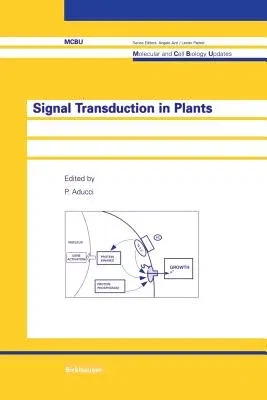Increasing interest has been emerging in the last decade in the field of
signal recognition and transduction. This is particularly true for
animal systems where an impressive amount of literature is appearing and
where many important pathways have been clarified at a molecular level.
In the elucidation of the functions of single components of a given
pathway, gene cloning has played a major role and opened the field to
the genetic engineering of these complex systems. At variance with this
situation, plant systems are less well elucidated, even if in recent
years exciting research of developments have been initiated especially
with the view toward the most promising role plants in biotechnology.
Recent studies have elucidated some of the events involved in the
perception of the plant hormone signals and some steps concerning its
transduction. Only for three of the five hormones in plants, namely
auxin, ethylene and cytokinins, have specific receptors been isolated.
The use of classical molecular approaches, together with the more
recently isolated mutants, have produced crucial information on
receptors and shed light on possible transduction pathways. As in the
case of red light, more than one pathway can be triggered by one
specific signal. Many systems involved in animal signaling are now shown
to be present also in plants, and in view of the fast progress in this
area, it will be possible in the near future to fully describe the
content of the "black boxes" in the reaction chain specifically
triggered by a signal.


